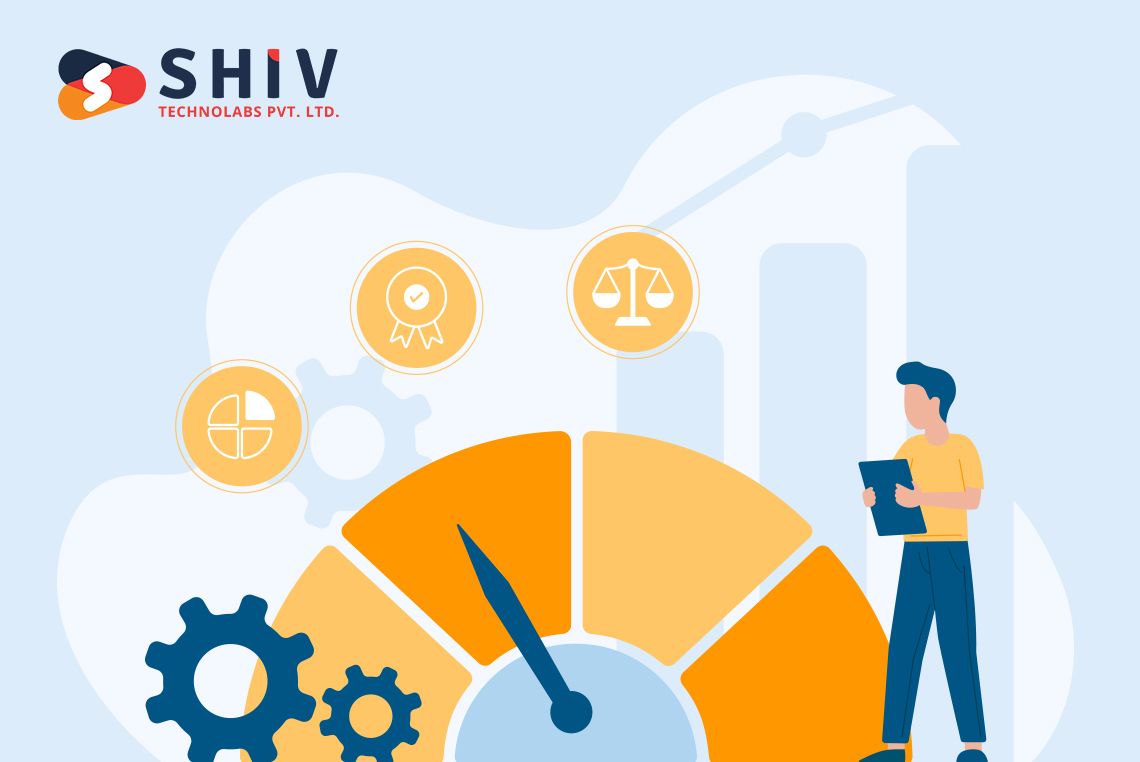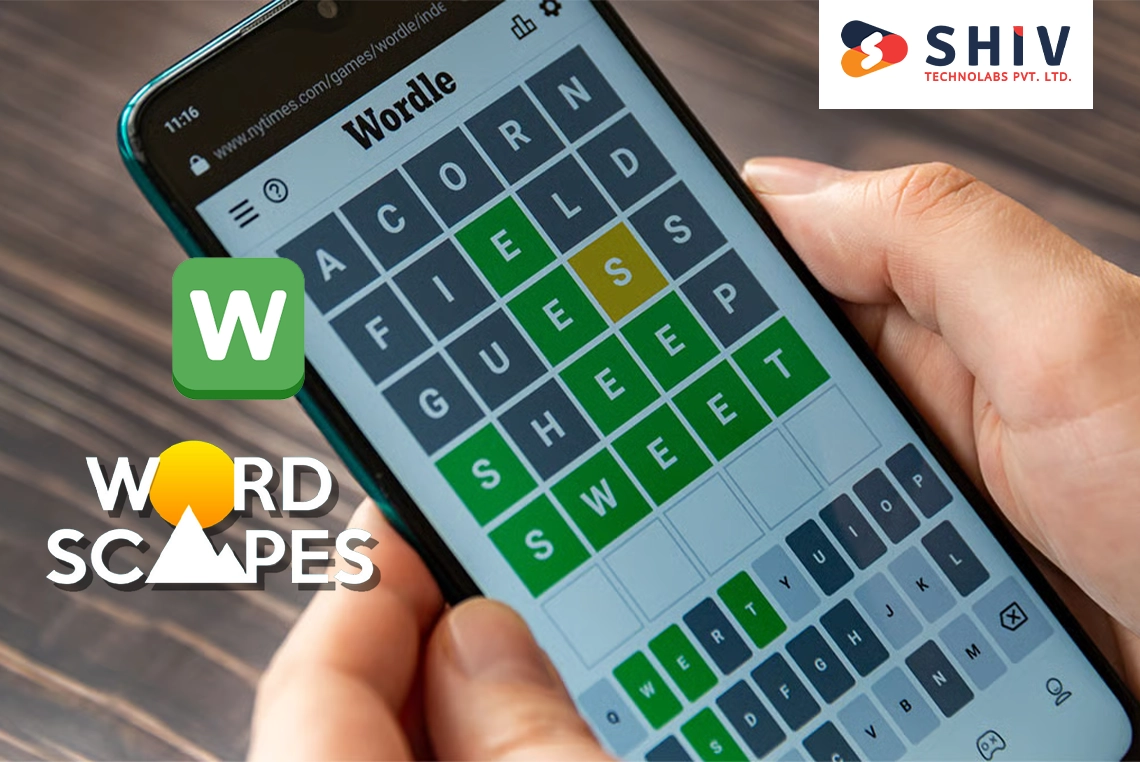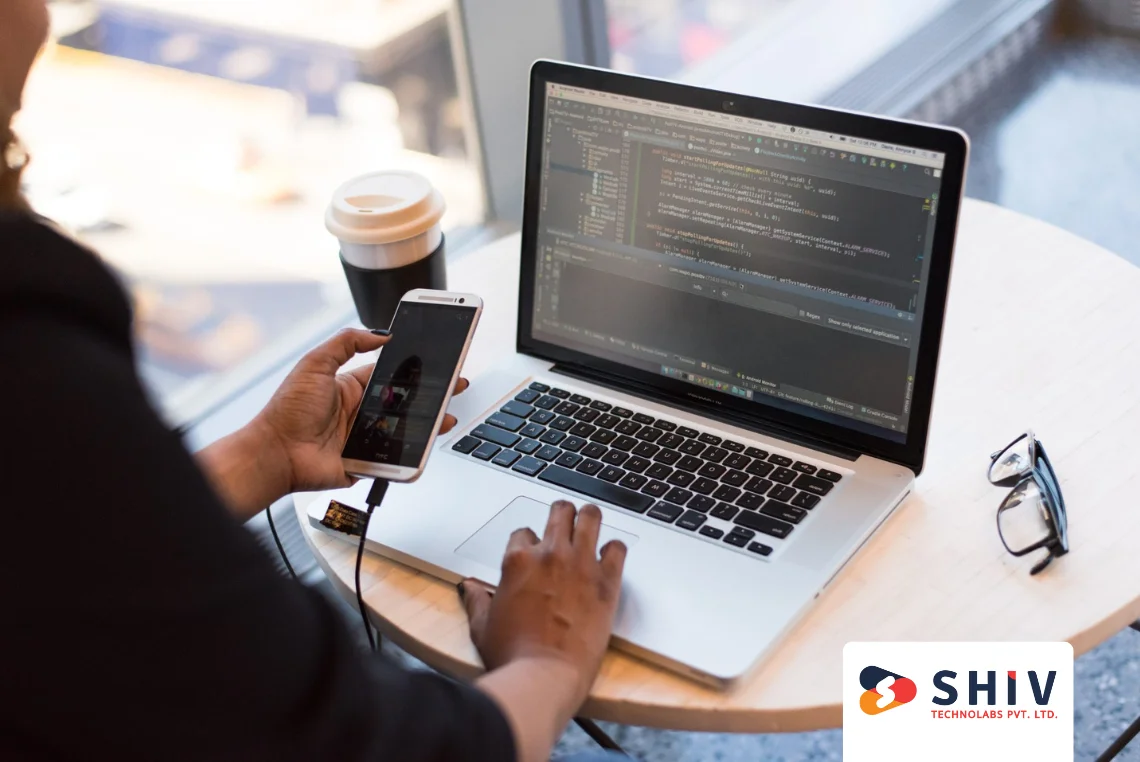Table of Contents
Your Android app must work properly in the fast-moving world of Android application development. This means they must be well-designed, operate smoothly, use resources effectively, and provide a good user experience. However, since various Android devices are available today, it is very hard for developers to ensure their applications run perfectly on all these platforms. Thankfully, many tools exist to assist you with this! Some of these tools can help analyze your app and make it faster and more responsive.
Here, we will discuss some of the most popular tools for Android app optimization that can make your app fly. Whether you’re speeding things up, making your app more responsive, or just improving overall performance, these tools have you covered.
But, before that, let’s start with the basics.
Table of Contents:
1) What Is Performance Optimization?
2) Tips for General Performance Optimization
3) App Optimization Challenges Faced by Android App Developers
4) Best Performance Optimization Tools for Android App Developers
What is Performance Optimization?

Performance optimization speeds up and makes Android application development more efficient and effective. This includes detecting and fixing performance bottlenecks, minimizing resource usage, and optimizing code, algorithms, and system interactions to offer users a better experience. Performance optimization is depicted in various perspectives, such as memory management, network efficiency, CPU utilization, and graphics rendering, to ensure that the app runs at its best, considering different devices and scenarios of use.
Tips for General Performance Optimization:
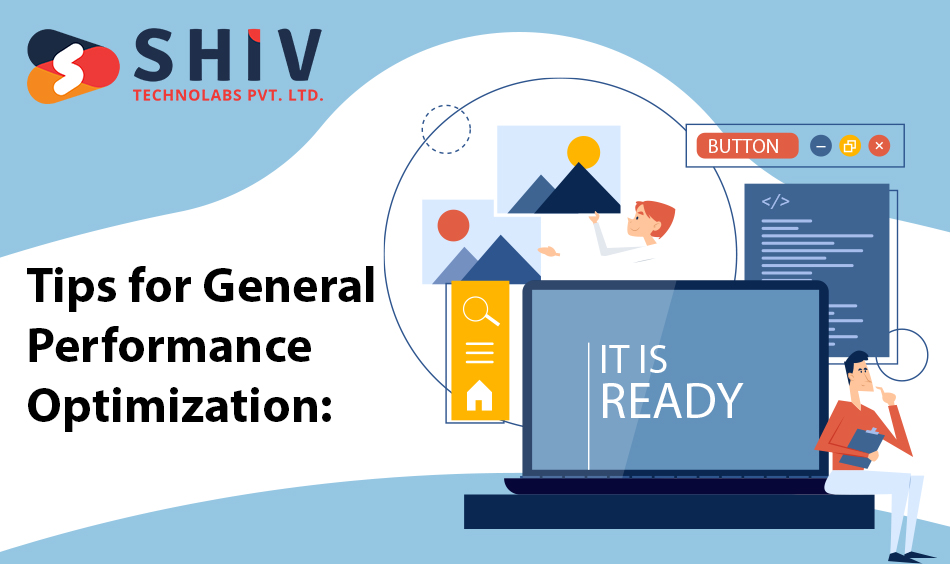
- Minimize resource utilization: Optimize the code so that any CPU, memory, and battery use can be reduced.
- Use synchronous operations: To keep the UI responsive, threads or coroutines are used for background tasks.
- Cache data: Save time by storing repeatedly used information as network requests.
- Optimize images and media: Reduce file size and enhance performance by compressing images and optimizing media files.
- Test on actual devices: Ensure that a range of devices are tried with this application for compatibility purposes and discover other performance issues.
App Optimization Challenges Faced by Android App Developers:
- The Android ecosystem’s fragmentation poses difficulties in optimizing applications for different device configurations and software versions.
- Managing memory efficiently to avoid memory leaks and excessive memory usage is a common issue.
- Identifying performance bottlenecks and optimizing code without eliminating functionality can be difficult.
- Optimizing network requests together with handling slow or unreliable connections creates challenges.
- Guaranteeing smooth graphics rendering and perfecting GPU usage for consistent user experience can be challenging.
Best Performance Optimization Tools for Android App Developers
1) Android Monitor:

We have the built-in tool Android Monitor, which is very helpful in determining the performance of your app. We can monitor CPU usage, memory consumption, network I/O, and other system information. In real-time, through data and graphs, you will be able to know what is happening currently and if any obstacle may cause things to slow down. This is particularly important for app developers who want to optimize their Android apps for efficiency and smooth operation.
Pros:
- For seamless use, it is integrated into Android Studio.
- It gives a detailed insight into different performance metrics.
- It also offers monitoring and analysis in real-time.
Cons:
- Unlike other dedicated tools, it is limited to basic performance monitoring only.
- There is a possibility of a learning curve for beginners.
2) Hierarchy Viewer:
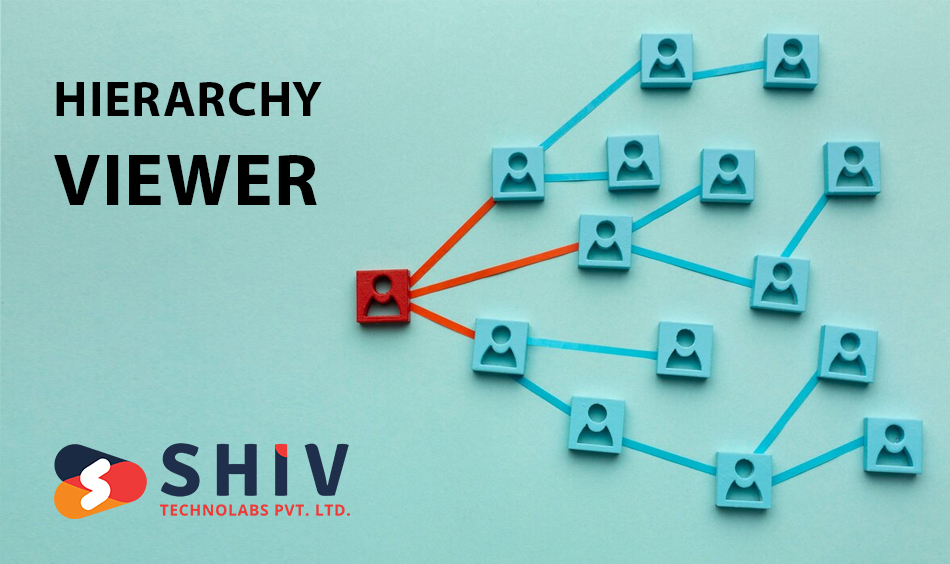
The Android SDK containing Hierarchy Viewer is a potent toolkit enabling developers to analyze their application’s layout hierarchy thoroughly. Thus, this makes it easy to see where your app may be slowing down because of inefficiencies in its user interface design. It would gear up the delivery of your Android user interface by optimizing the rendering process. This tool ensures smooth operations and uniformity across devices with different screen sizes when refining user experience in Android applications.
Pros:
- Assists in finding bad designs and produces any problems.
- It also helps software developers to optimize user interface performances with faster renderings.
Cons:
- Restricted to the improvement of only its performance.
- It is not suitable for applications having complex UI structures.
3) Profile GPU Rendering
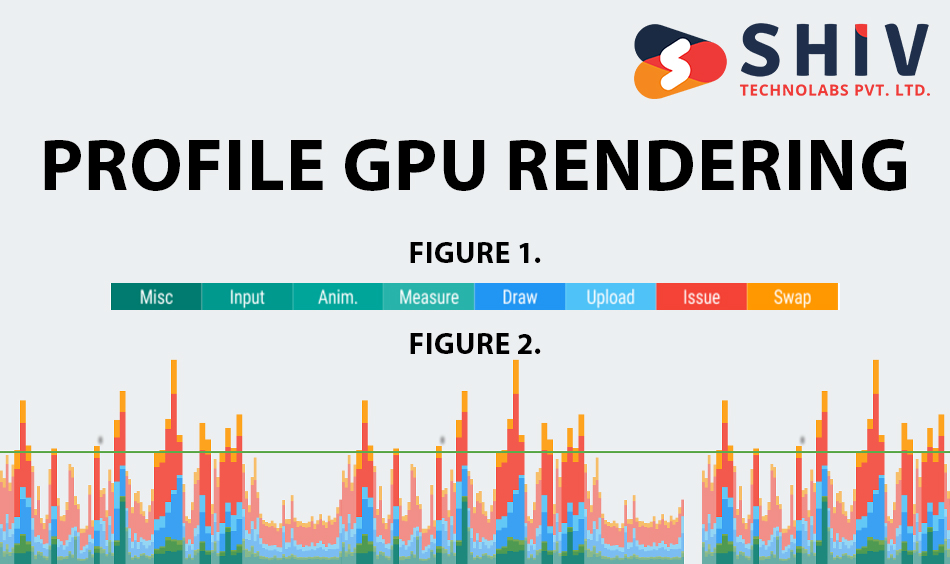
Profile GPU Rendering is an amazing tool hidden deep in the Android Developer Options menu, specifically for developers who want to profile and tune their app’s GPU rendering performance. It provides visual overlays and detailed metrics that give you insights into problems like overdraw or rendering time that can affect the smoothness of your graphics and responsiveness of your app. Using Profile GPU Rendering; developers can identify and rectify GPU-related bottlenecks, thus guaranteeing that their apps give a great visual experience on all Android devices.
Pros:
- Assists in identifying GPU rendering problems like overdraw and rendering time.
- Improves the graphics performance using visual feedback.
- This is integrated into the Android Developer Options for easy accessibility.
Cons:
- Limited to optimizing GPU rendering
- This necessitates turning on Developer Options on the device.
4) GPU Overdraw:
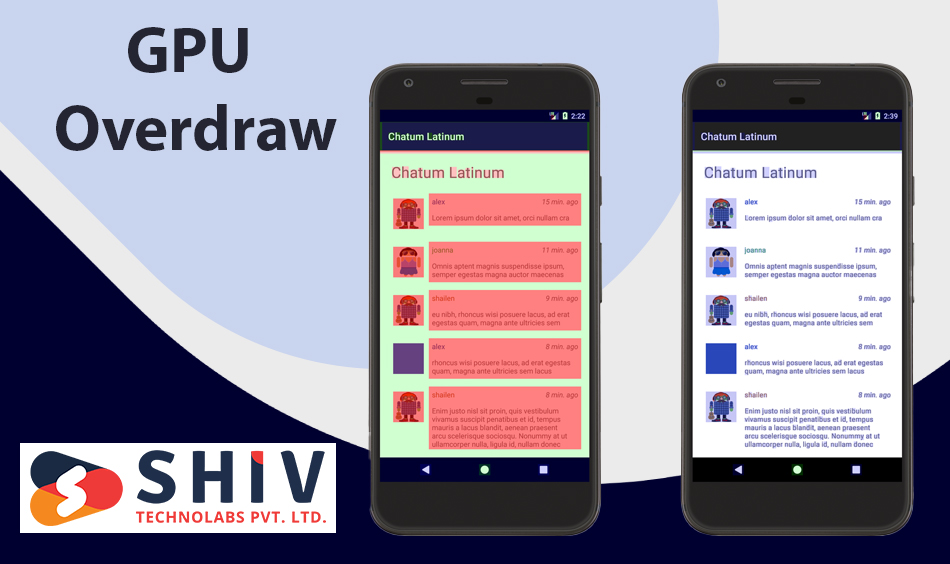
Android developers can find GPU Overdraw helpful for debugging purposes in the Developer Options menu. This overdraw is not only resource-intensive but also affects the speed of the programs. This tool enables developers to detect such areas and reduce overdraw by improving UI rendering performance. With GPU Overdraw, app developers can ensure a good user experience with their apps, making them enjoyable and usable by Android users on various devices.
Pros:
- Pointing out areas of the UI that are over-drawing.
- Reduces overdraw for developers to improve UI performance.
- The Android Developer Options are integrated to make it easily accessible.
Cons:
- It only detects overdraw.
- You have to activate Developer Options on your device.
Frequently Asked Questions
# Can Hierarchy Viewer help me with my app’s UI?
Hierarchy viewer is a tool that shows your app’s UI layout. This allows you to view the hierarchy of the screen, find duplicate items or views, and see how complex your layouts are. By organizing the structure of your interface better, you can improve the speed at which it is rendered and make your application more responsive.
# Are there any tools out there to check my app’s performance?
Right, Android has some sample libraries that are used for benchmarking purposes. There is Macrobenchmarking which checks start-up time as well as scrolling performance and MicroBenchmarking that facilitates testing individual codes and elements of UIs. These tools let you compare the performance before and after optimization.
# What is Systrace, and how does it differ from the Profiler?
Systrace is a profiling tool just like the Profiler. While Profiler is centered on specific aspects of your app’s efficiency, Systrace gives an overall insight. It records a timeline of every single system activity, from rendering to input events to framework calls. Hence, this holistic perspective allows you to identify complicated performance issues that involve multiple components.
Conclusion
Making Android apps work well requires performance tools. Such tools help make apps faster and more effective for developers. They will also help app creators rectify the issues that may be causing their apps not to run smoothly on various phones.
For example, Android Profiler, Hierarchy Viewer, and GPU Overdraw are tools developers can use to identify and correct problems promptly, ensuring fast app loading and timely response. At Shiv Technolabs, we utilize these resources to ensure all our applications are awesome, giving our customers and their users the perfect experience.

